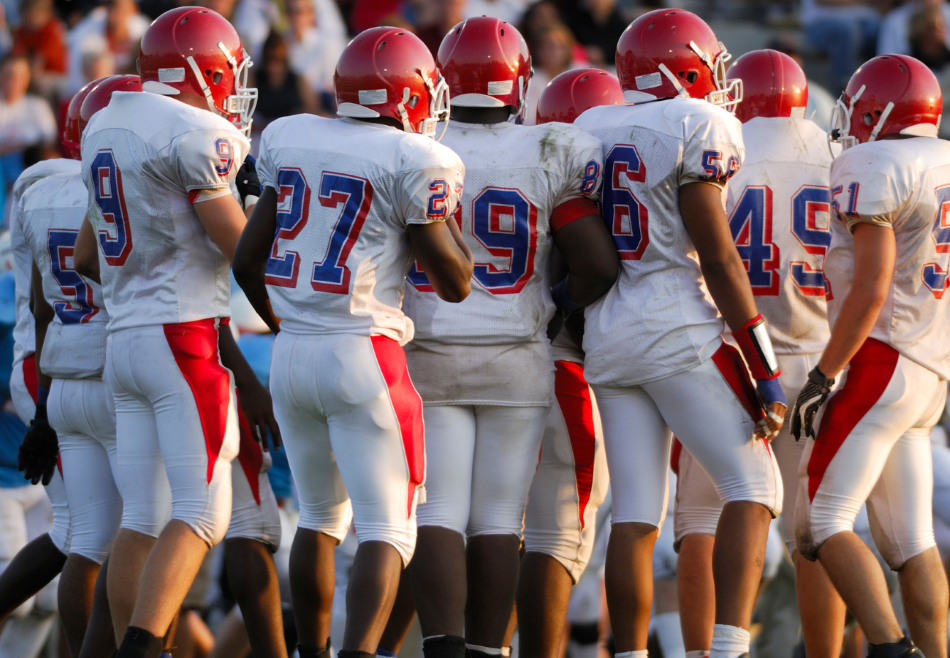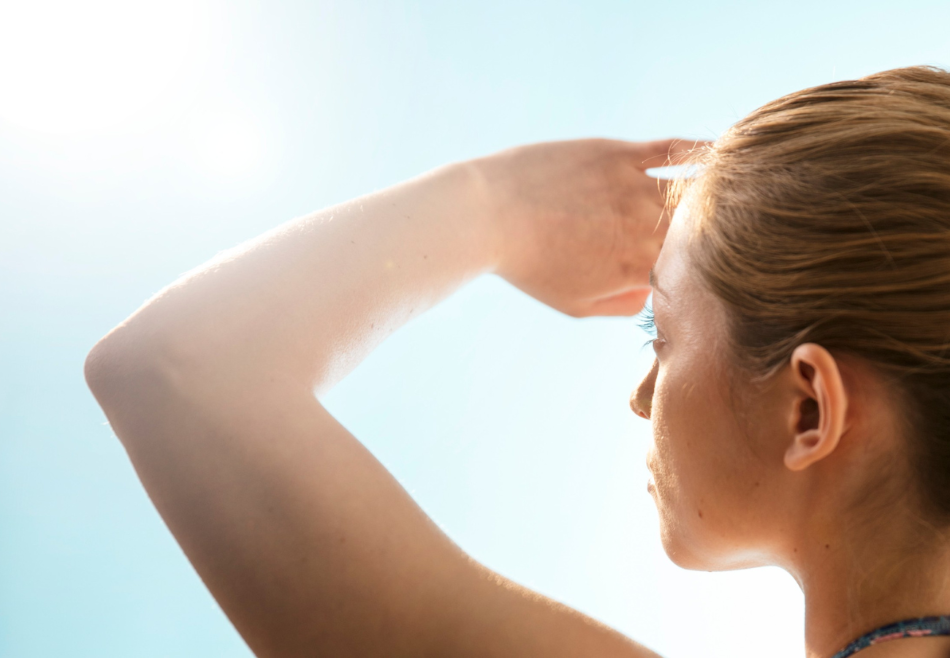As the school year kicks off, so do practices, games, and tournaments. Whether your child is hitting the soccer field, basketball court, or swimming pool, sports bring countless benefits—teamwork, confidence, fitness, and joy. But while we often think about injuries like sprains or bruises, there’s another area that deserves attention: the skin.
Athletes of all ages face unique challenges when it comes to skin health. Between constant sweating, gear rubbing against skin, and shared equipment, it’s not uncommon to see rashes, irritation, or infections pop up during the season. The good news? With the proper knowledge and preventive care, most of these skin concerns can be minimized—keeping athletes healthy and in the game.
Sweat and Skin: A Double-Edged Sword
Sweating is a natural and essential process. It helps regulate body temperature and signals that you’re working hard. However, sweat and skin irritation often go hand in hand. Sweat contains salt and other minerals that can irritate the skin when it sits too long, especially in areas where clothing or gear traps moisture.
For athletes, this is a frequent issue. Football pads, tight uniforms, shin guards, and even helmets create the perfect environment for sweat to linger. Over time, this combination of sweat and friction can lead to redness, itching, and sometimes a skin rash from heat and sweat—commonly known as heat rash.
Simple steps like showering after practice, changing into dry clothes promptly, and using breathable fabrics can make a big difference in reducing irritation.
The Causes of Skin Irritation in Athletes
Skin irritation in sports doesn’t just come from sweat—it’s often the result of multiple factors working together. Some of the most common causes of skin irritation in athletes include:
- Friction: Constant rubbing from uniforms, straps, or gear can cause chafing and blisters.
- Moisture: Damp conditions from sweat or wet uniforms weaken the skin barrier.
- Heat: High temperatures can clog sweat ducts, leading to rashes.
- Allergens: Certain fabrics, detergents, or adhesives in athletic tape can trigger allergic reactions.
Parents and athletes should keep an eye on any persistent redness, bumps, or patches of dry skin. Early attention can prevent minor irritations from becoming bigger problems.
Sports and Skin Infections: What to Watch For
Beyond irritation, another primary concern is infection. The combination of sweat, close contact, and shared equipment can create opportunities for sports and skin infections to spread. Some of the most common include:
- Athlete’s Foot: A fungal infection that thrives in damp locker rooms and sweaty socks.
- Ringworm: A contagious fungal infection that causes circular patches on the skin.
- Staph Infections: Bacteria that can enter through cuts or abrasions, sometimes leading to more serious complications.
- Warts: Spread by direct contact, often on hands or feet.
While the term “infection” can sound alarming, most are treatable and preventable. Good hygiene practices—like not sharing towels, washing uniforms regularly, and keeping wounds covered—go a long way in keeping athletes safe.
Skin Rash from Heat and Sweat: When the Weather Plays a Role
Hot late-summer practices and early fall games are especially tough on skin. A skin rash from heat and sweat, also called prickly heat, develops when sweat ducts become blocked. It often shows up as small red bumps or blisters and can be itchy or uncomfortable.
Athletes who wear helmets, pads, or tight-fitting gear are at higher risk because airflow to the skin is restricted. To reduce the risk, athletes should:
- Take breaks in shaded or cooler areas.
- Wear moisture-wicking fabrics that pull sweat away from the skin.
- Avoid staying in damp uniforms longer than necessary.
Caring for Skin During the Sports Season
Keeping skin healthy doesn’t require complicated routines. It’s about consistency and paying attention to early signs of irritation. Here are a few practical tips:
- Shower Promptly: Wash off sweat and bacteria after games or practice.
- Use Gentle Cleansers: Harsh soaps can dry the skin, making irritation worse.
- Stay moisturized: Friction and sweat strip the skin of its natural barrier—apply a fragrance-free moisturizer to keep it strong.
- Rotate Equipment: Ensure gear is cleaned and dried thoroughly between uses.
- Check the Skin Regularly: Parents can help by checking for unusual rashes, patches, or sores that don’t improve.
Why Skin Care Matters for Athletes
Healthy skin isn’t just about comfort—it impacts performance, too. Athletes dealing with painful chafing, itchy rashes, or infections may find it harder to concentrate or play at their best. In some cases, untreated infections can even sideline a player until they’ve fully healed.
By recognizing how sweat and skin interact, being mindful of the causes of skin irritation, and staying alert to potential sports and skin infections, athletes and parents can take proactive steps to protect the skin throughout the season.
Final Thoughts
Sports are one of the best parts of growing up and staying active, and no athlete should miss out on the benefits because of skin issues. With awareness and simple preventive measures, athletes can keep their skin healthy while continuing to thrive on the field, court, or track.
If your child develops a persistent rash, irritation, or infection, our team at Dermatology Partners is here to help. Don’t hesitate to reach out to us for expert care—so your athlete can focus on what matters most: playing the game they love. Give our team a call today at (888) 818-DERM or book your appointment online.








